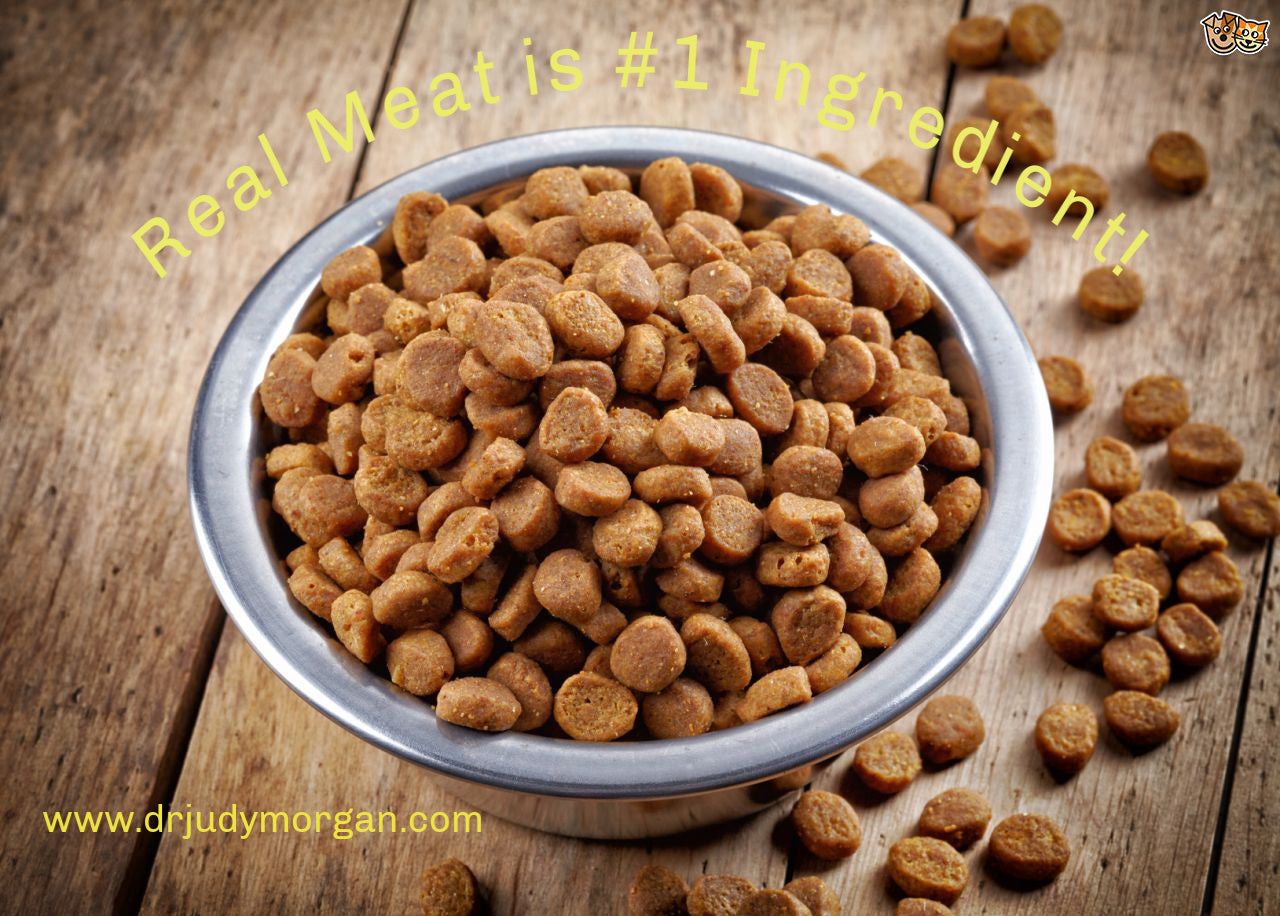Analysts for Woof Whiskers recently undertook a survey of pet foods offered for sale on a popular website. They compared protein content to price per pound. They hypothesized that higher price would coincide with higher protein content, since protein tends to be the most expensive ingredient in food.
They asked, “One thing we’ve always wondered is do more expensive foods tend to have higher protein content?”
Their findings were a bit surprising to them. While overall, the higher priced foods did tend to have higher protein content, the correlation was not as strong as they expected it would be.
“One explanation for this lack of relationship between price per pound and protein contents could simply be there’s no real relationship between the two and my expectations are just incorrect!” they wrote. “Many of the most expensive dog foods are still not very high in protein comparatively, so if you’re looking for a high-protein dog food don’t assume the expensive bags are what you’re after.”
I suspect that the use of plant proteins to artificially elevate the overall protein content in the food also played a role in pricing. Legumes such as peas have fairly high protein content, while being much more economical than meat proteins.
Dogs are omnivores, meaning they can survive on food filled with plant material. Surviving does not correlate with optimal health. I still firmly believe our dogs are meant to eat diets with plenty of meat. Dry extruded kibble can only contain 25 to 30% meat, maximum.
Don't be fooled into paying more for high priced dry food, thinking you are buying more meat protein. There is a good chance you are still buying a bag full of peas, potatoes, or grains.

